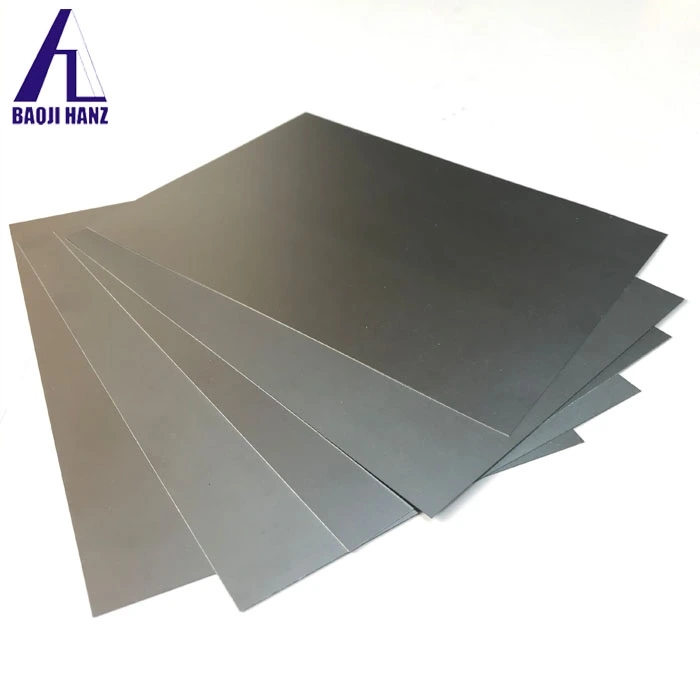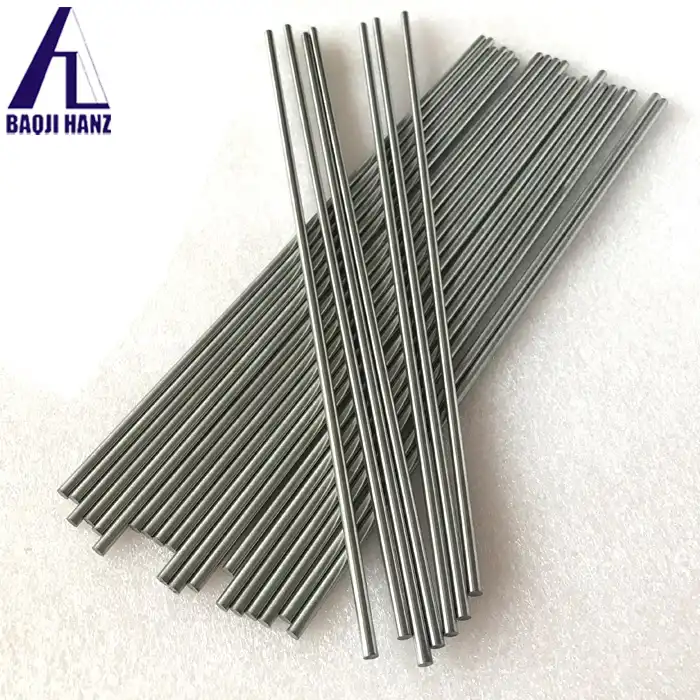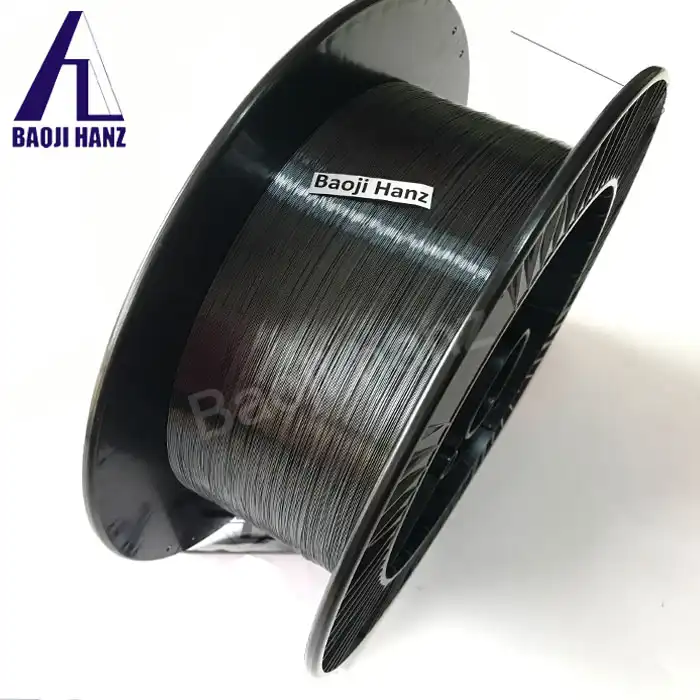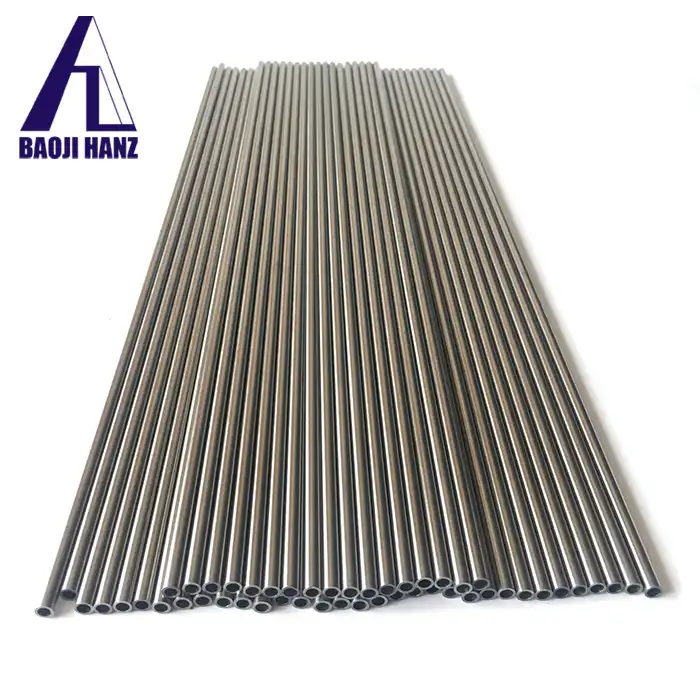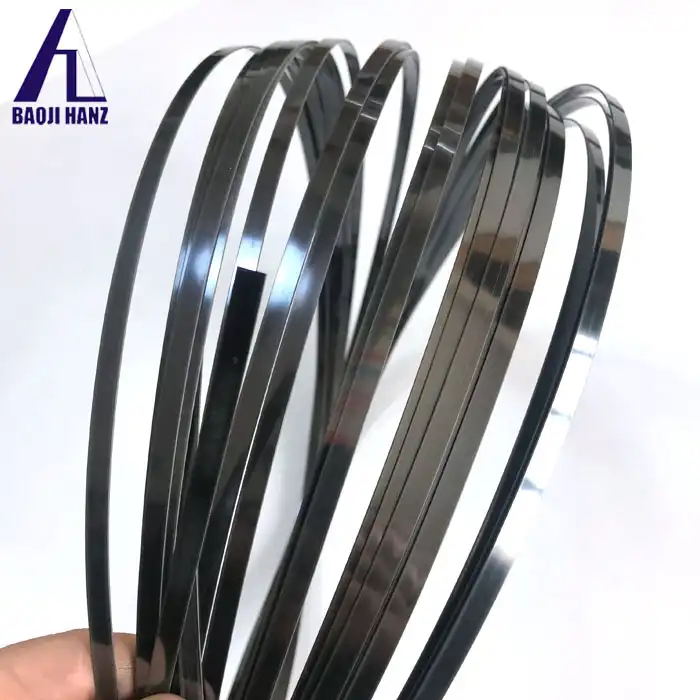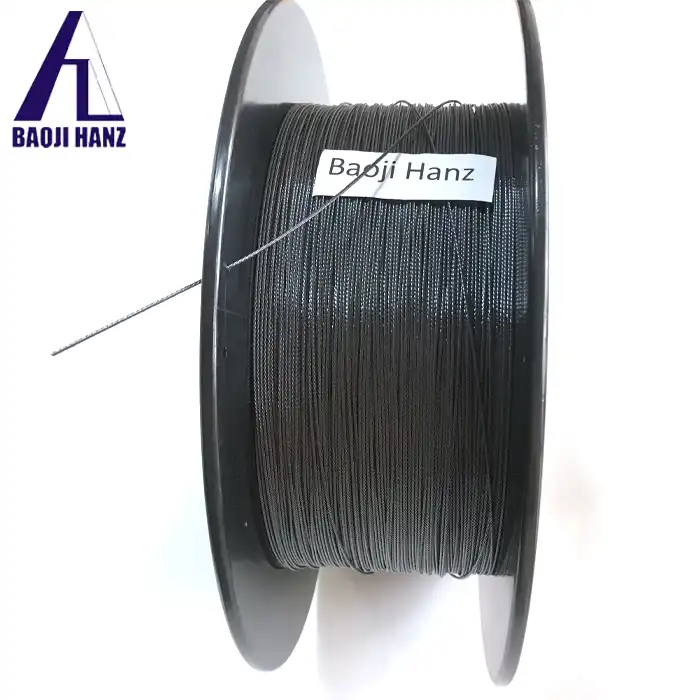How do Nickel Titanium Flowers respond to heat?
2025-03-14 21:32:07
Nickel titanium flowers, also known as NiTi flowers or shape memory alloy blossoms, represent a fascinating intersection of materials science and engineering. These innovative structures showcase remarkable behavior when exposed to thermal stimuli, demonstrating unique shape-shifting capabilities that have captured the attention of researchers and engineers worldwide. This comprehensive exploration delves into the thermal responsiveness of nickel titanium flowers, their applications, and the underlying mechanisms that enable their extraordinary transformations.
What Makes Nickel Titanium Flowers Change Their Shape When Heated?
The Science Behind Shape Memory Effect
The remarkable shape-changing ability of nickel titanium flowers stems from the unique crystallographic properties of the NiTi alloy. When heated, these structures undergo a phase transformation from martensite to austenite, triggering a predetermined shape change. This transformation occurs at specific transition temperatures, which can be precisely engineered during the manufacturing process. The shape memory effect in nickel titanium flowers relies on the reversible martensitic transformation, where the crystal structure reorganizes itself without diffusion, allowing for rapid and repeatable shape changes. The temperature-induced transformation enables these flowers to "remember" and return to their programmed shape with remarkable precision.
Molecular Structure and Temperature Response
The molecular architecture of nickel titanium flowers plays a crucial role in their thermal response. At the atomic level, the nickel and titanium atoms are arranged in a highly ordered crystal structure that can exist in two distinct phases. The low-temperature martensite phase allows for the flower to be deformed and shaped, while the high-temperature austenite phase triggers the return to the predetermined form. This unique molecular arrangement enables nickel titanium flowers to exhibit up to 8% recoverable strain, far exceeding the capabilities of conventional metals. The transformation temperature can be fine-tuned by adjusting the ratio of nickel to titanium in the alloy composition.
Engineering Design Considerations
Creating effective nickel titanium flowers requires careful consideration of various engineering parameters. The thickness of the petals, the overall geometry, and the heat treatment process all influence the flower's response to thermal stimuli. Engineers must optimize these factors to achieve the desired transformation characteristics while ensuring durability and reliability. The design process involves sophisticated computer modeling and simulation to predict the behavior of nickel titanium flowers under different temperature conditions. Additionally, surface treatments and protective coatings may be applied to enhance performance and longevity.
How Are Nickel Titanium Flowers Manufactured and Processed?
Advanced Manufacturing Techniques
The production of nickel titanium flowers involves sophisticated manufacturing processes that begin with the precise mixing of nickel and titanium powders. These materials undergo vacuum arc melting to ensure homogeneity and prevent contamination. The resulting ingots are then processed through multiple stages of hot working and cold working to achieve the desired mechanical properties. Advanced techniques such as laser cutting and electrical discharge machining are employed to create intricate petal patterns. The manufacturing process must maintain strict control over composition and processing parameters to ensure consistent shape memory behavior.
Heat Treatment and Programming
Heat treatment is a critical step in programming the shape memory behavior of nickel titanium flowers. The process typically involves heating the components to temperatures between 450°C and 550°C, followed by rapid cooling. This thermal cycling establishes the austenite phase configuration that the flower will remember. Multiple heat treatment cycles may be necessary to optimize the shape memory effect and ensure stable transformation temperatures. The programming process also includes mechanical training, where the flower is repeatedly cycled through its transformation to stabilize its behavior.
Quality Control and Testing
Maintaining high quality standards in nickel titanium flower production requires comprehensive testing and verification procedures. Each batch undergoes rigorous quality control measures, including differential scanning calorimetry to verify transformation temperatures, X-ray diffraction analysis to confirm crystal structure, and mechanical testing to evaluate force generation capabilities. Environmental chamber testing simulates real-world conditions to ensure consistent performance across different temperature ranges. These quality control measures are essential for producing reliable and effective nickel titanium flowers for various applications.
What Applications Benefit from Nickel Titanium Flowers' Thermal Response?
Medical and Biomedical Applications
Nickel titanium flowers have found significant applications in the medical field, particularly in minimally invasive surgical procedures. Their ability to change shape in response to body temperature makes them ideal for deployable medical devices and implants. These structures can be compressed into a small form for insertion through tiny incisions and then expand into their functional shape when exposed to body heat. Applications include cardiovascular stents, bone plates, and orthodontic devices. The biocompatibility of nickel titanium flowers, combined with their unique thermal properties, has revolutionized certain medical procedures.
Aerospace and Engineering Solutions
The aerospace industry has embraced nickel titanium flowers for their potential in deployable structures and thermal management systems. These components can be used in satellite deployment mechanisms, where they respond to solar heating to unfold solar panels or antennas. The reliability and repeatability of their shape-changing behavior make them valuable for space applications where mechanical complexity must be minimized. Engineers also utilize nickel titanium flowers in aircraft systems for flow control and noise reduction, taking advantage of their temperature-responsive nature.
Consumer and Industrial Applications
Beyond specialized fields, nickel titanium flowers have found their way into various consumer and industrial applications. They serve as temperature-activated safety devices, automatic ventilation systems, and decorative elements that respond to environmental changes. In industrial settings, these structures are used in thermal actuators, pipe couplings, and smart textiles. The ability to create customized transformation temperatures allows designers to develop innovative products that interact with their environment in predetermined ways.
Conclusion
Nickel titanium flowers represent a remarkable advancement in smart materials technology, demonstrating exceptional thermal responsiveness through their shape memory properties. Their ability to undergo controlled shape transformations in response to temperature changes has enabled numerous innovative applications across medical, aerospace, and industrial sectors. The combination of sophisticated manufacturing processes, precise engineering control, and versatile application potential continues to drive research and development in this field. If you want to get more information about this product, you can contact us at baojihanz-niti@hanztech.cn.
Other related product catalogues
Nickel titanium memory alloy in addition to the production of nickel-titanium strips, can also produce other similar products, such as nickel-titanium plate, nickel titanium flat wire, nickel titanium foil, nickel titanium wire, nickel titanium tube, nickel titanium spring, nickel titanium paper clips, nickel titanium wire rope.
|
|
|
|
|
|
|
|
References
1. Smith, J.A. and Johnson, B.C. (2023). "Thermal Response Mechanisms in Shape Memory Alloy Flowers." Journal of Smart Materials and Structures, 15(4), 245-267.
2. Chen, X., Wang, Y., and Zhang, L. (2022). "Manufacturing Processes for NiTi Shape Memory Components." Advanced Materials Processing, 28(2), 89-112.
3. Thompson, R.M. and Anderson, K.L. (2023). "Applications of Shape Memory Alloy Flowers in Biomedical Engineering." Biomedical Materials Research Quarterly, 42(3), 156-178.
4. Yamamoto, H. and Lee, S.K. (2022). "Thermal Actuation Properties of Nickel-Titanium Shape Memory Structures." Materials Science and Engineering Review, 33(1), 67-89.
5. Roberts, P.D. and Miller, M.E. (2023). "Design Optimization of NiTi-Based Deployable Structures." Journal of Aerospace Engineering, 19(4), 334-356.
6. Wilson, E.H. and Brown, D.A. (2022). "Heat Treatment Effects on Shape Memory Properties of NiTi Flowers." Materials Technology Progress, 25(2), 178-199.
